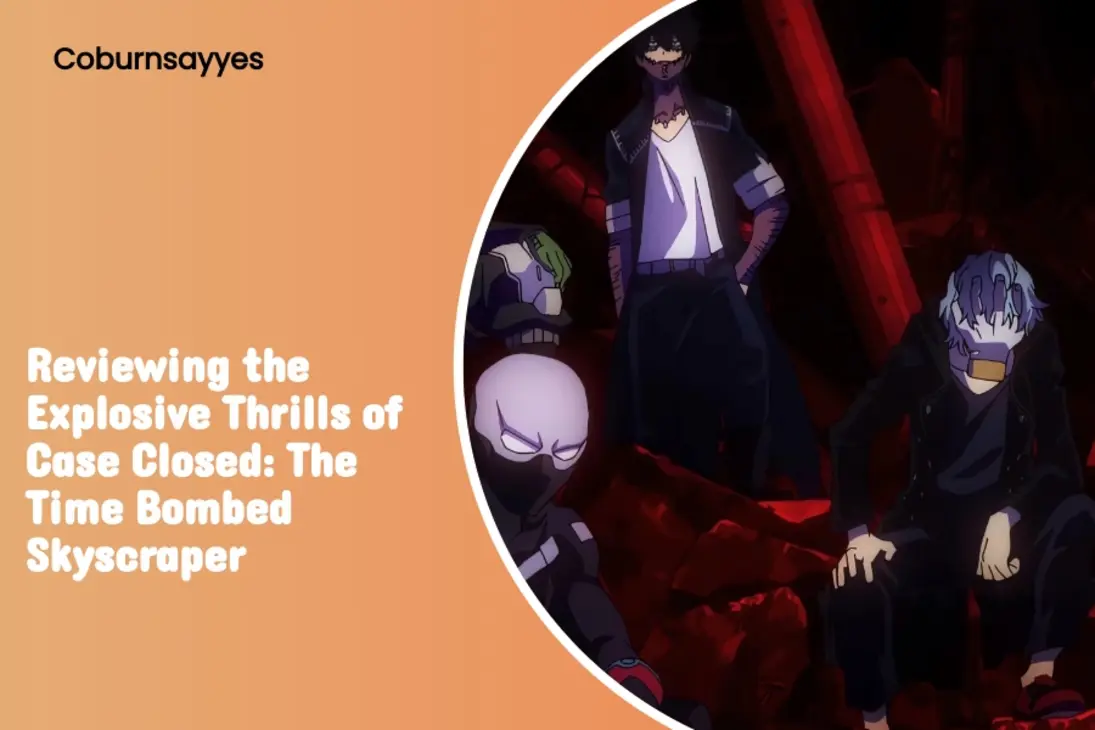It’s no secret that fans of “My Hero Academia” or anime enthusiasts, in general, are always on the hunt for layers of storytelling gems hiding beneath the surface. As we venture into the intricate cosmos of “My Hero Academia,” it’s impossible to overlook the League of Villains and the crucial catalyst they play within this exceptional narrative landscape. Still, what lies beneath the malevolent intentions of these antagonists? To truly grasp the nuances of these villains, we must delve into their motivations, group dynamics, and the seismic influence they wield on the storyline. Key figures like All For One, Dabi, and Tomura Shigaraki, among others, have roles that are not only mesmerizing but are intricately woven with deep thematic undertones of power struggles and the underlying societal commentaries. With Coburnsayyes as your guide, let’s explore how these top antagonists have not just posed threats to our beloved heroes but have also defined the very essence of what makes “My Hero Academia” a riveting tale of chaos and order.
Central to the villain narrative in My Hero Academia is the formidable League of Villains. Known for their collective rebellious spirit, they strive to dismantle the very fabric of hero society. This intriguing group is led by the charismatic All For One, whose infamous quirk enables him to gather and redistribute abilities, solidifying his place as a supremely powerful entity within the series. All For One‘s influence stretches far and wide, ensuring a widespread dominance over other villainous factions.

Alt Text: Explanation of League of Villains
The League of Villains doesn’t just embody raw power; their mystique arises from the diverse motivations and haunted pasts of its members. They unite under the themes of vengeance, ambition, and personal freedom. Each member, from Dabi’s fiery intensity to Tomura’s destructive appetite, contributes uniquely to the group’s might. The League thrives not on their quirks alone but rather through understanding and channeling each member’s unique goals and desires. Their interactions with heroes amplify the tension, adding layers of suspense and emotion to an already riveting series.
Beyond their collective persona, the myriad of antagonists in My Hero Academia plays a pivotal role in crafting a narrative filled with tension and emotional turmoil. These villains ensure that every storyline arc remains vibrant and engaging, allowing for unforgettable encounters between heroes and villains.

Alt Text: Top villains featured in My Hero Academia
What makes the series truly resonate is not just the epic battles or flashy quirks, but the villains’ embodiment of society’s darker aspects. Each villain is crafted with care and serves as more than just an obstacle. Through vivid storytelling, they lend psychological and thematic depth, bringing forward personal struggles, motivations, and ideologies that challenge our heroes. These antagonists don’t merely oppose; they reflect the complexities and moral dilemmas faced within this universe, heightening the series’ thematic richness.
As one of the central figures, All For One epitomizes the pinnacle of villainy within the narrative. His quirk, “All For One,” isn’t just a weapon but a tool of unmatched manipulation and control. His ability to craftily leverage powers makes him an ever-present threat, constantly redefining the scope of hero society.

Alt Text: All For One’s power level displayed
The formidable might of All For One extends beyond physical prowess. His strategic acuity ensures a persistent relevance within the series, even in moments of apparent defeat. His influence, akin to a shadow looming over hero society, testifies to an enduring legacy crafted through careful manipulation and foresight. Understanding his role reveals the intricate dance between intelligence and brute force, highlighting strategy as a crucial component of this narrative universe.
Nestled among the League’s ranks is Dabi, whose enigmatic origins continue to intrigue fans. His fiery powers and mysterious background lend a captivating depth to his character, igniting curiosity and speculation around his true motivations.

Alt Text: Dabi’s mysterious background revealed
Dabi‘s cryptic lineage remains one of the most debated aspects of My Hero Academia, intricately weaving theories of future alliances and shifting loyalties. His unwavering intensity and the ambiguity surrounding his past ensure that his narrative arc remains compelling and unpredictable. The potency of his arc lies in the themes of identity crisis and reclaiming personal agency, striking a particular chord with audiences who yearn for the untold tales waiting to unfold.
The evolution of Tomura Shigaraki from a subordinate to a leader encapsulates the potential for growth through villainy. His quirk, Decay, poses an existential threat, mirroring his rise in influence and shaping the series notably.

Alt Text: Tomura Shigaraki’s Decay quirk showcased
As All For One‘s mentee, Shigaraki’s transformation from an underling to a dominant force reveals a narrative arc punctuated by both internal and external battles. His quirk is a metaphor for the destruction he desires, while his character evolution tempts deeper ruminations on identity and power. Shigaraki’s trajectory, laden with unexpected twists and turns, compels heroes to quickly adapt, ensuring a dynamic and strategic interplay within My Hero Academia’s world.
Through its richly crafted antagonists, My Hero Academia masterfully navigates the themes of power, identity, and existential conflict. Figures like All For One, Dabi, and Tomura Shigaraki propel the story forward, enhancing its depth and complexity. Their presence challenges not only the protagonists but also the narrative conventions themselves, setting the stage for a thrilling exploration of heroism and villainy. As our journey with Coburnsayyes into their motives and deeper implications continues, we better understand how these antagonists amplify the tension and emotional tenor of My Hero Academia, accentuating its place among the Top Anime of 2025.


